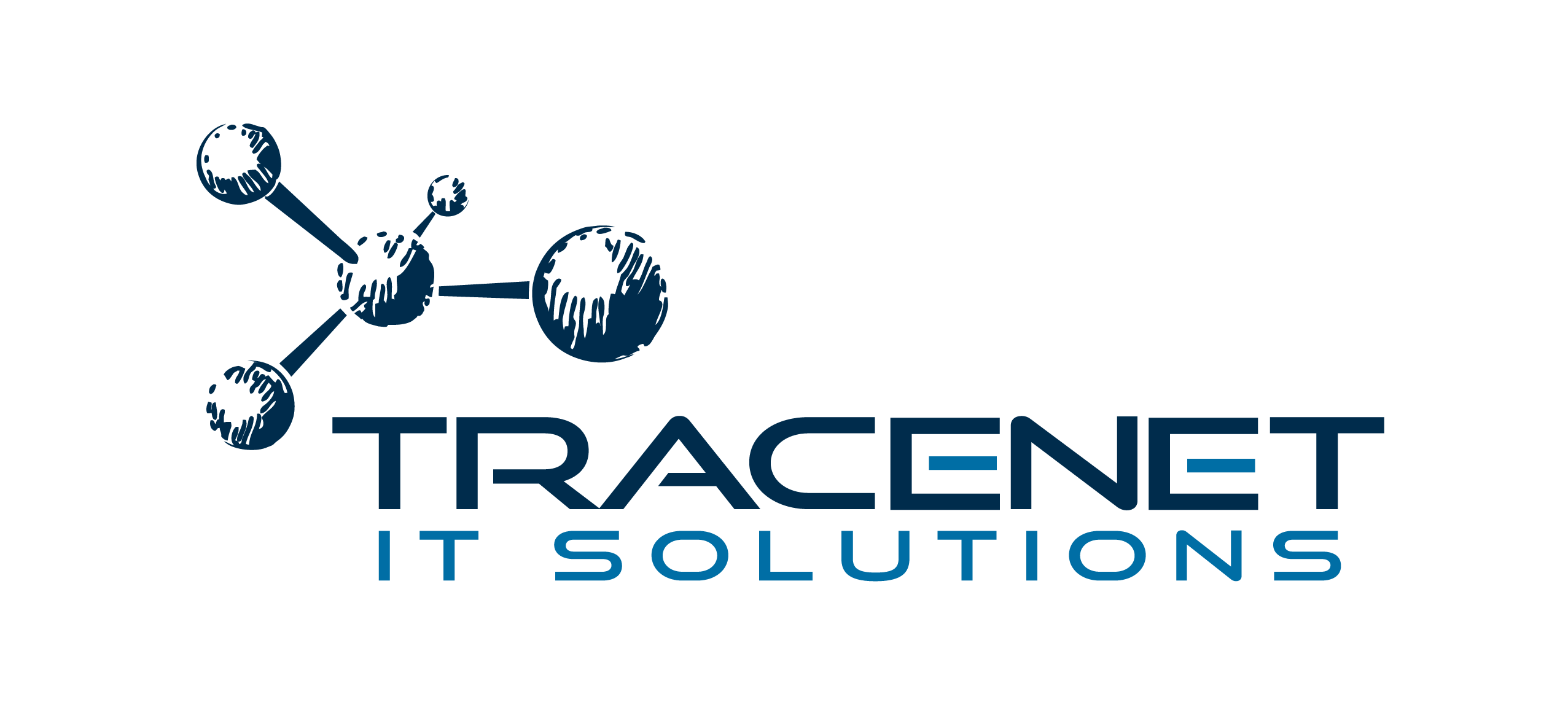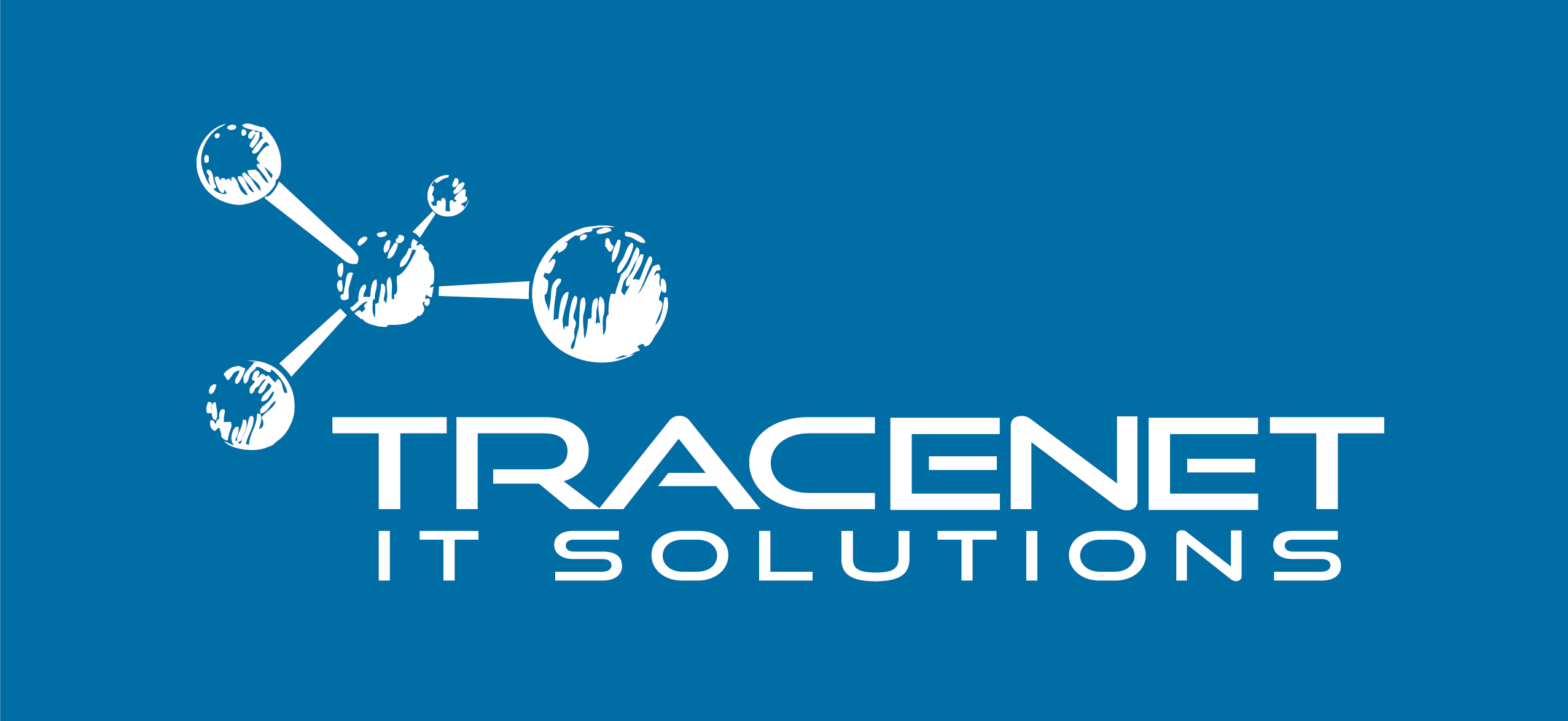Virtualization and data protection have become increasingly relevant for companies
Network security has become a non-negotiable requirement for enterprises of all sizes in today’s dynamic and complex cyber landscape. UTM Appliance are used in this setting.
The concept of integration is at the heart of this technology: the consolidation of firewall, antivirus, intrusion prevention, content filtering, application control, and other functions into a single sturdy piece of hardware.
It’s not just about streamlining security administration; it’s also about offering a cohesive and effective response to the evolving threat landscape. More information can be found in this article.
UTM Appliance: What is it?
A UTM (Unified Threat Management) Appliance, often known as a UTM Appliance, is a network security device that combines several functions and protection services into a single piece of hardware.
The major goal of the UTM Appliance is to provide an integrated network security solution that addresses a wide range of cyber threats from a single point of control.
These devices are intended to ease security policy management and implementation by providing a complete approach to defending enterprise networks from threats such as viruses, malware, phishing, denial of service (DDoS) assaults, intrusions, and other malicious activities.
Top threats blocked by UTM
Among the main threats blocked by the UTM Appliance, we have:
- Viruses and malware: UTM Appliance typically includes antivirus and anti-malware algorithms that detect and block dangerous files, thereby protecting against threats that can jeopardize system integrity.
- DDoS: they put in place mechanisms to mitigate or prevent DDoS assaults, which try to overload a network’s or system’s resources, rendering them inaccessible to legitimate users.
- Network intrusions and attacks: use intrusion prevention systems (IPS) to detect and prevent efforts to exploit network vulnerabilities, thereby defending against hacker attacks.
- Phishing: use email filters and URL scanning to detect and stop phishing efforts, in which users are duped into disclosing sensitive information.
- Spam: They utilize spam filtering to keep unwanted emails from reaching users’ inboxes, lowering the risk of attacks via uninvited messages. 6. Malicious content filtering: users are protected from online risks by monitoring and blocking access to rogue websites or possibly dangerous information.
The effectiveness of a UTM Appliance is determined by the quality of signature updates and the capacity to respond to emerging threats. As a result, it is critical to keep your device updated to maintain continuous security against ever-changing cyber threats.
How does the system work?
There are two parts to the system: flow-based inspection and proxy-based inspection. See how each of them works below.
Flow-based inspection
Flow inspection examines network traffic at the flow level. The UTM Appliance examines the communication flow between internal network devices and external resources rather than each data packet individually.
To detect suspicious or malicious activity, the system monitors traffic patterns and communication habits. Detecting established attack patterns, attempted vulnerability exploitation, and abnormal behavior are all examples of this.
The UTM Appliance can filter and restrict specific types of traffic based on security rules and policies that have been specified. This may include blocking specific websites, content categories, or communications with characteristics linked to cyber risks.
Proxy-Based Inspection
UTM Appliances commonly employ proxy inspection to analyze and manage network traffic. The system functions as a bridge between internal network devices and external Internet resources. Instead of letting devices connect directly to external resources, UTM establishes connections through a proxy.
The proxy terminates incoming connections from internal devices and establishes new connections to external resources on their behalf. This means that queries from the internal network are routed through the proxy rather than directly to external services.
This traffic is thoroughly scrutinized as it passes through the proxy. This includes examining data content such as files, emails, web pages, and other forms of communication. This proxy-based method enables deeper, more granular network traffic analysis, making the UTM Appliance excellent at detecting and preventing various cyberattacks.
The main benefits of using the UTM Appliance
This system provides numerous key advantages to enterprises seeking to secure their networks from cyber threats. See the most important ones.
Integrated approach
The integration of different security features into a single device is the primary advantage of the system. This simplifies network security administration by reducing the need for many independent solutions to be deployed and managed.
Comprehensive protection
UTM Appliance provides comprehensive cyber threat protection against viruses, malware, phishing, denial of service (DDoS) assaults, intrusions, and other threats. This all-encompassing approach aids in the mitigation of numerous types of hazards from a single point of control.
Ease of management
Consolidating many functions into a single device simplifies network security configuration and management. This is especially beneficial for firms with limited IT resources, as it provides a solution that is easier to deploy and manage.
Centralized updates
The UTM Appliance can centrally manage security upgrades such as antivirus signatures and threat definitions. This guarantees that all security mechanisms are up-to-date and effective against emerging threats.
Granular control
This solution provides granular control over security policies, allowing enterprises to tailor settings to their requirements. Application control, content filtering, online access policies, and other features are included.
How can Tracenet offer good solutions for protecting your networks?
Every firm, as well as its personnel, is continually vulnerable to hostile attacks, which pose a genuine threat to any company. They can halt important services and procedures as well as trigger a probable data leak, which harms the brand’s reputation.



